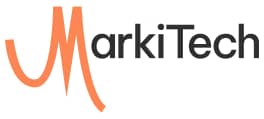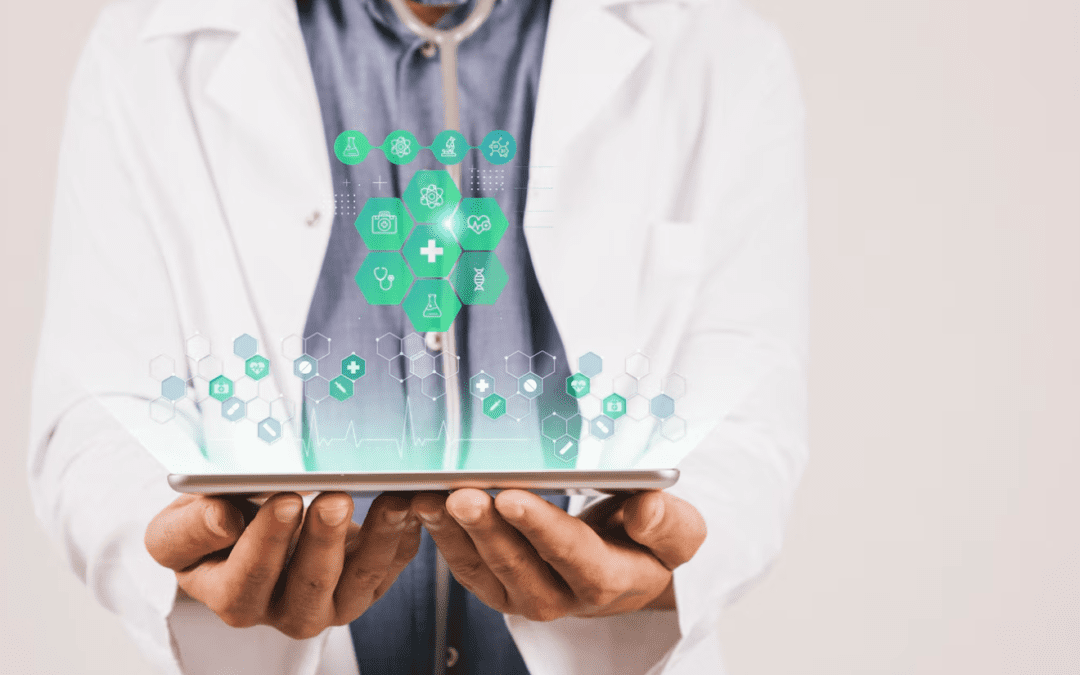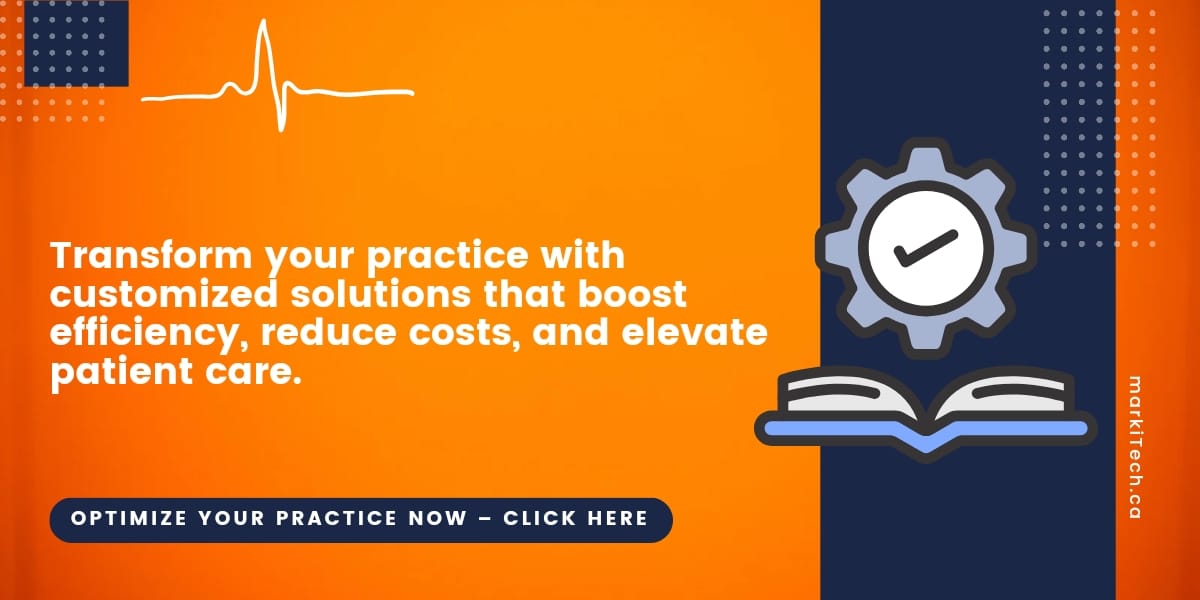Digital twins are online replicas of physical entities and have immense scope in healthcare systems. Digital twins help simulate patient health conditions. The technology enables monitoring of a patient’s health live, analyzing it, and predicting outcomes. This approach is fast becoming the go-to means for healthcare providers to personalize medicine.
tailored or precision medicine is the approach of offering tailored treatments. Doctors need to understand a few factors like the individual’s unique genetic makeup, lifestyle, and medical history. As the domain of healthcare becomes more complicated, clinicians and patients need to make data-driven decisions.
Digital twins hold the potential of customizing treatment and medicine, enabling better disease management. The integration of mobile technology positively impacts the potential of digital twins. Mobile technology provides real-time data, facilitates remote monitoring with better patient engagement.
Understanding Digital Twins
Natalia Trayanova, Murray B. Sachs, Professors in the Department of Biomedical Engineering at Johns Hopkins University define this as, “a digital twin is a model of an entity that incorporates all its components and their dynamic interactions.” “You can’t just have the geometry and rotate it. You have to show how the components interact with each other.”
The twins help establish two-way links between physical patients and digital models. Thus, patient data is continuously updated. The core technologies behind digital twins are:
- Internet of Things (IoT) – Livehealth data such as heart rate, glucose levels, etc., is collected from wearable devices and sensors.
- Artificial Intelligence (AI) – Patient data is voluminous. It is processed and analyzed by advanced machine learning algorithms. AI helps in identifying patterns and generating accurate health forecasts.
- Data Integration: A holistic understanding of the patient’s health is driven by integrating data across multiple data sources.
The Role of Digital Twins in Tailored Medicine
One of the biggest roles played by digital twins is that they allow healthcare providers and patients to have a better understanding of patient health, assess risks, and help curate tailored treatment. How?
- Data is integrated and aggregated via EHRs, wearable data, and genetic information. This offers a comprehensive view of patient health, ensuring that physicians and researchers analyze a patient’s medical history, current state, and potential future health risks.
- Predictive Modeling assesses disease risks and pre-empts treatment outcomes. In real-time, AI continuously reads updated patient data. This helps digital twins accurately summarize how certain treatments might affect individuals over time.
- Digital twins support the concept of precision medicine as treatments and therapies are tailored depending on individual health profiles. Physicians can experiment with multiple treatment scenarios in the virtual mode before selecting the right one or the one with better treatment efficacy in real life. This reduces the risks of trial-and-error methods.
Applications of Digital Twins in Healthcare
Clinical Trials
With the help of digital twins, patient responses to specific treatments can be simulated. This helps optimize designs for clinical trials in different ways – from selecting the right participants to reducing trial durations, drug development, and more. The technology also helps carry out safer trials and forecast outcomes, making way for cost reduction.
Remote Patient Monitoring
With the help of mobile technology, patient health can be monitored remotely and directly from smart devices and wearables. Digital twins read and interpret this data, keeping a watch out for chronic conditions like diabetes, hypertension, etc. The technology helps detect early signs, suggesting timely interventions.
Telemedicine
Digital twins benefit from telemedicine too. The technology provides live patient data to physicians and doctors during virtual consultations. Telemedicine practitioners can make informed decisions while treating patients virtually by accessing digital twins.
Benefits of Mobile Technology in Implementing Digital Twins
- Accessibility & Convenience: Mobile devices offer remote monitoring, allowing uninterrupted interaction between patients and doctors. Patients can update different aspects of their health using mobile apps. They can receive alerts and access tailored recommendations.
- Real-time Monitoring: Mobile apps keep a track of patient health continuously and offer timely interventions. Thus, anomalies can be detected early, reducing the chances of emergency cases.
- Patient Empowerment: Digital twins empower patients to care for themselves. Tailored insights are offered. Actionable recommendations are given related to their health. Patients can undertake preventive measures and also make informed choices related to their lifestyle.
Benefits of AI-Driven Proactive Healthcare
Early Detection and Prevention
AI-driven technologies have made early and precise detection of chronic diseases like diabetes a reality. Complex datasets from patient records, wearable devices, and genetic information are analysed. Risks are anticipated before symptoms appear, improving treatment success rates significantly.
Personalised Treatment Plans
Using the patient’s medical history, lifestyle aspects, and genetic assessments, AI creates tailored treatment plans and customised therapies with the help of machine learning models. This helps in effective disease management.
Improved Patient Outcomes
AI facilitates precise diagnosis, targeted treatment, and proactive disease management. With data-driven insights, the risks of complications are reduced. Patient outcomes are improved, with better quality of life and increased life expectancy.
Cost-Effectiveness
With AI proactively facilitating early intervention and preventive care, health risks are reduced. The need for hospitalization is also minimised, as is the need for emergency treatments. All these factors make managing chronic diseases like diabetes pocket-friendly.
Empowering Patients
AI helps patients monitor symptoms and health through AI-powered mobile apps and wearable devices. Patients are empowered to engage in self-care and make informed decisions regarding their health.
Ethical Considerations and Challenges
Potentials are huge in digital twins. However, there are ethical and regulatory concerns.
- Data Privacy is crucial in healthcare. Patients need to be confident that their sensitive health data is securely stored to prevent misuse and unauthorized access.
- Consent & Bias Issues are common in digital twins. Data usage policies need to be transparent and should be bias-free. This helps prevent disparities in healthcare outcomes.
- Regulatory Frameworks are a must so that clear legal and ethical guidelines are established. Policymakers have to define regulations for patient safety, data security, and ethical AI use.
Future Prospects of Digital Twins in Healthcare
With ongoing advancements, digital twins have the potential to revolutionize the healthcare gamut.
- Better Accuracy – Digital twins will evolve further with advancements in technology. Improved machine learning models can offer predictive accuracy. This improves the effectiveness of digital twins.
- More Responsive – With 5G & Edge Computing, data transmission becomes faster. Real-time processing makes digital twins applications more responsiveness.
- Better Outcomes – With digital twins seamlessly integrated into mainstream healthcare practices, patient outcomes are certain to improve.
- Better Accessibility – As technology becomes more affordable, more people can access digital twins.
- Tailored & Efficient Healthcare: Digital twins help make treatments more proactive and tailored, instead of reactive treatments. Doctors can focus on prevention, precision, and continuous improvement.
Conclusion
Digital twins are a new-age technology with the potential to offer unparalleled insights into patient health. The technology has the transformative potential to make tailored medicine a reality. With the help of mobile technology, digital twins can be utilized for real-time monitoring, offering pre-emptive analysis and individualized treatment plans.
The full potential of digital twins can be leveraged if stakeholders are ready to invest in supporting the development of this technology. As stakeholders, you need to be ready to invest in research. As policymakers, you need to address ethical challenges and support regulatory frameworks. Want innovative AI solutions? Contact MarkiTech.
Tailored medicine is the future of modern healthcare. Digital twins are at the forefront of this revolution. With the Internet of Things, Artificial Intelligence, and mobile technology, healthcare providers can drive improved outcomes, patient experiences, and help reduce costs.





